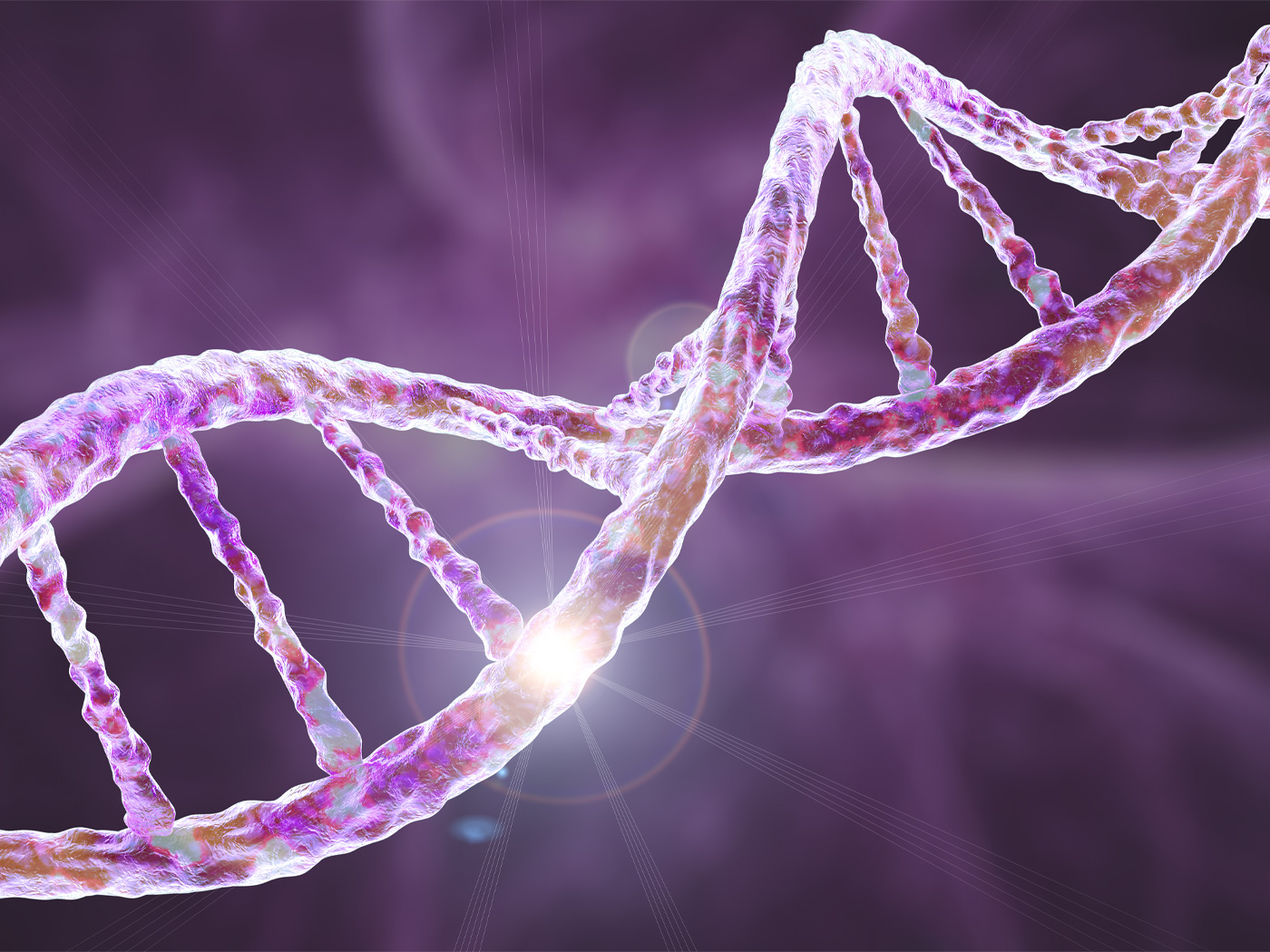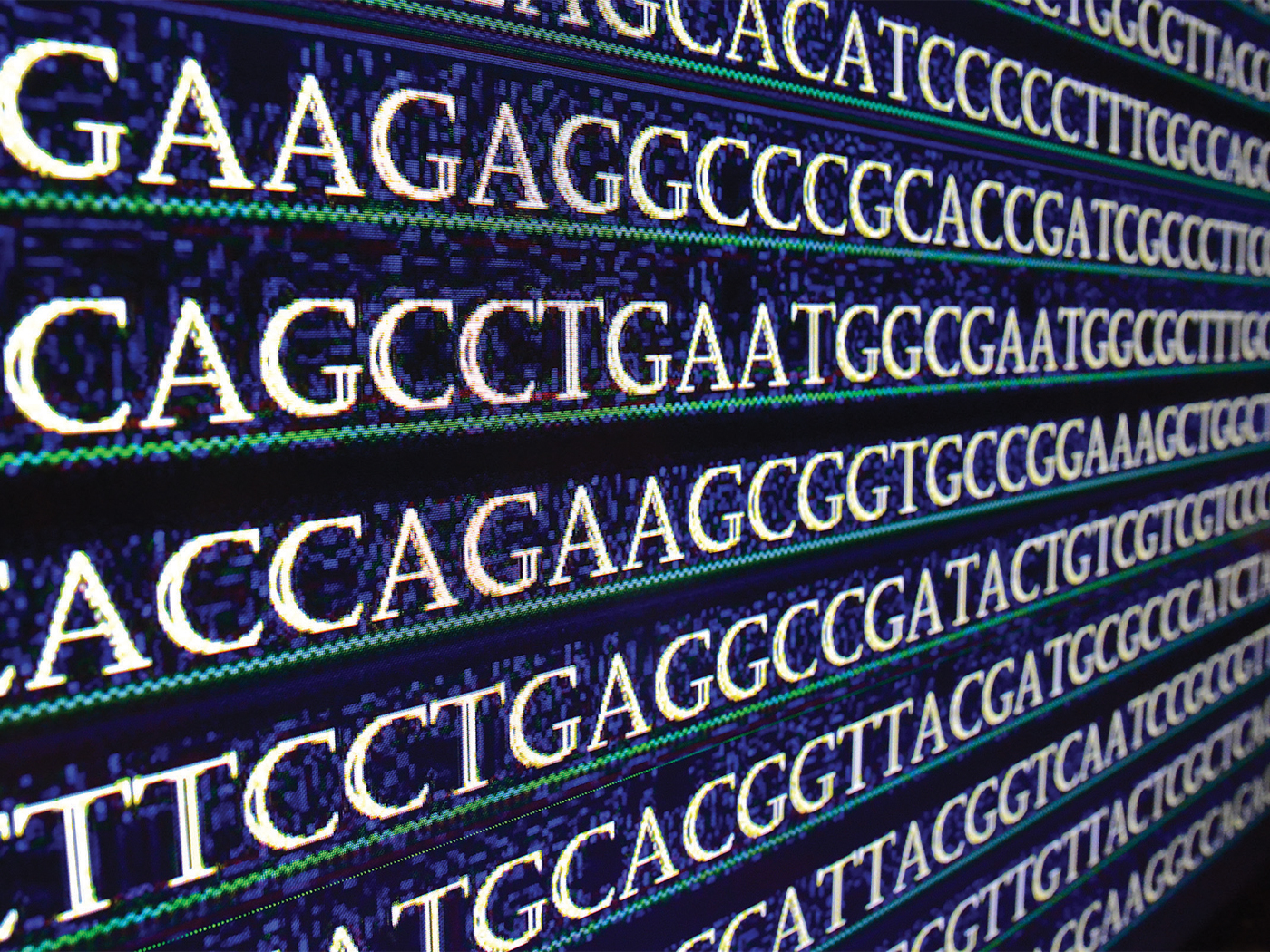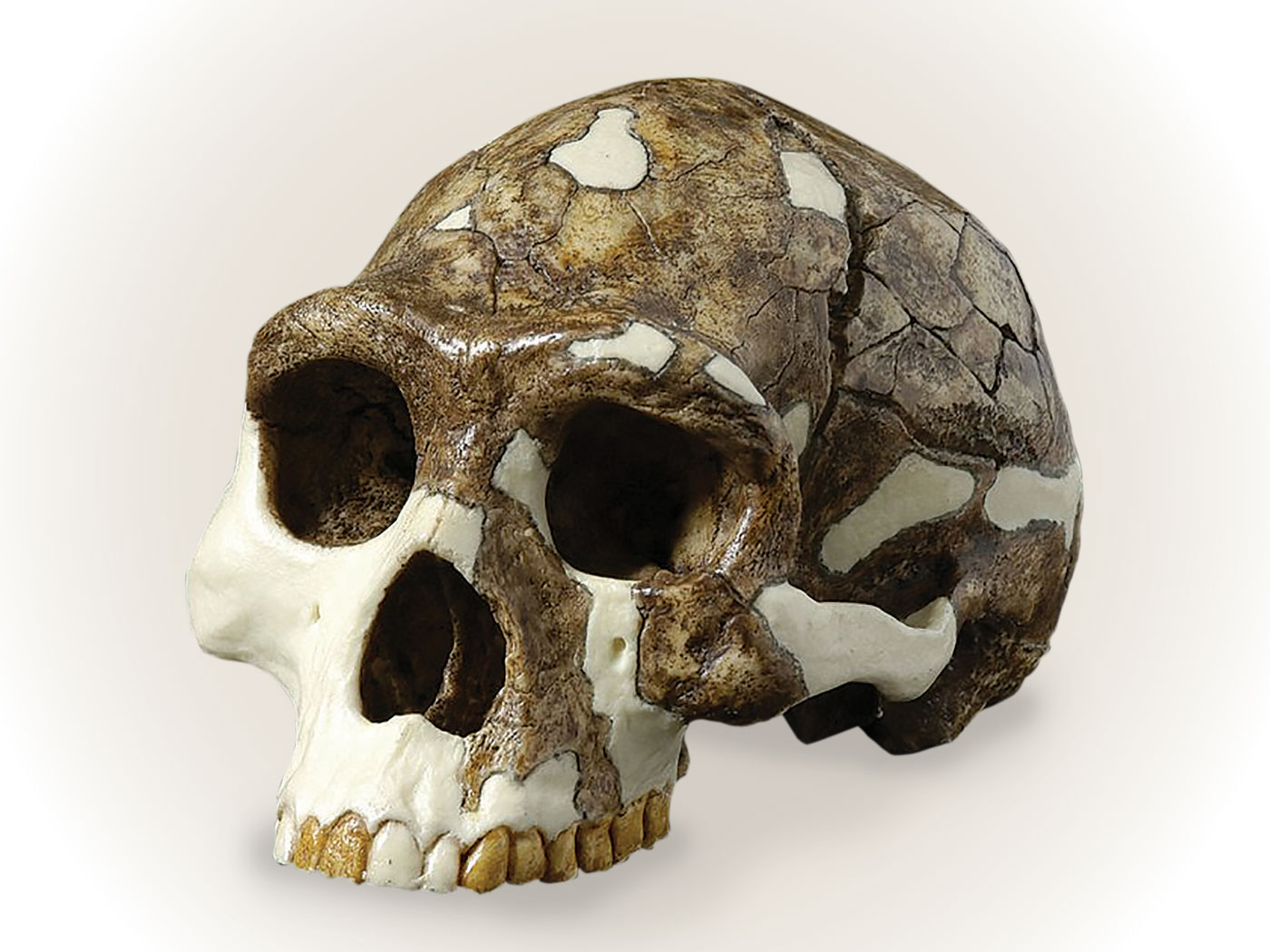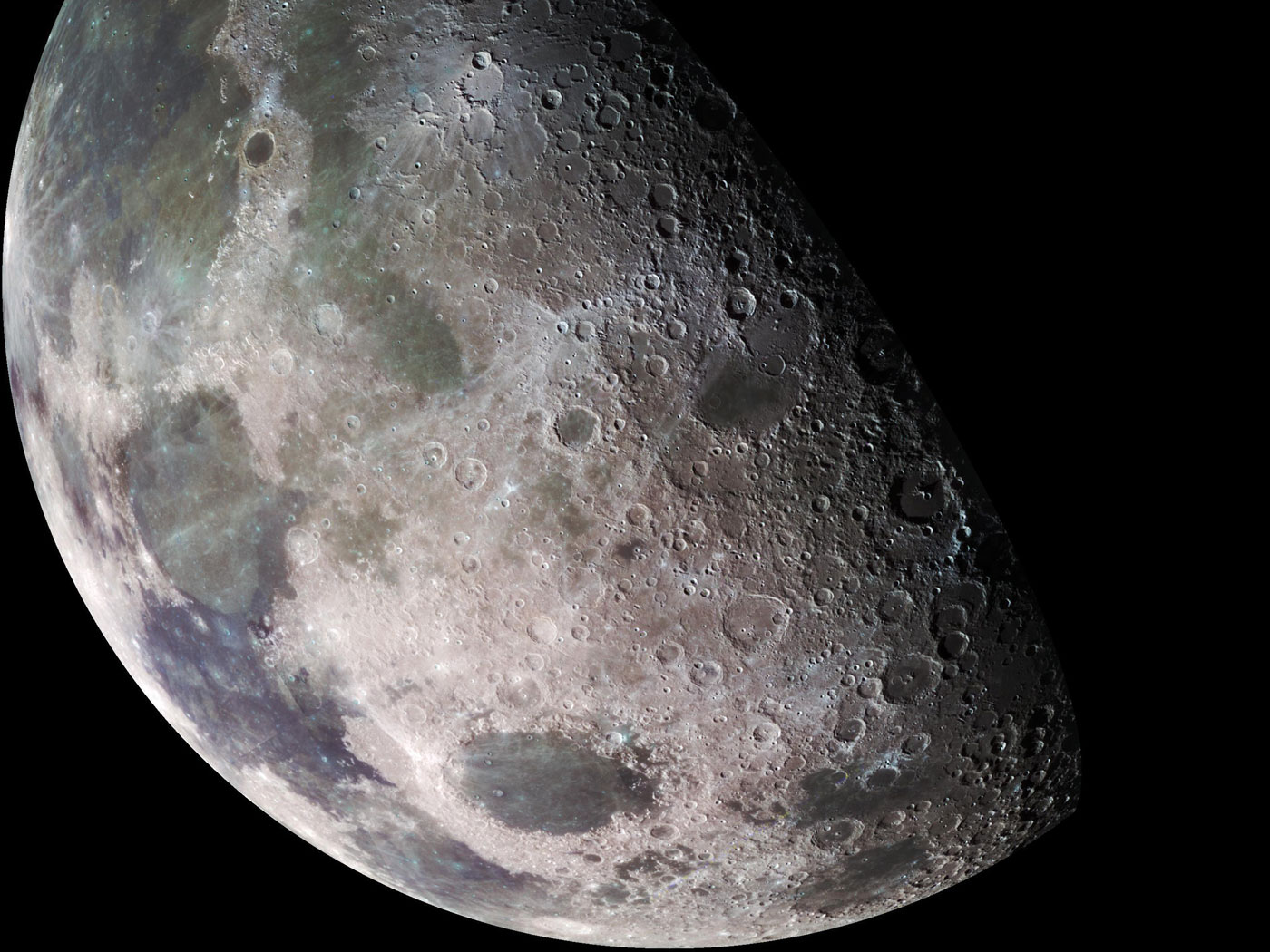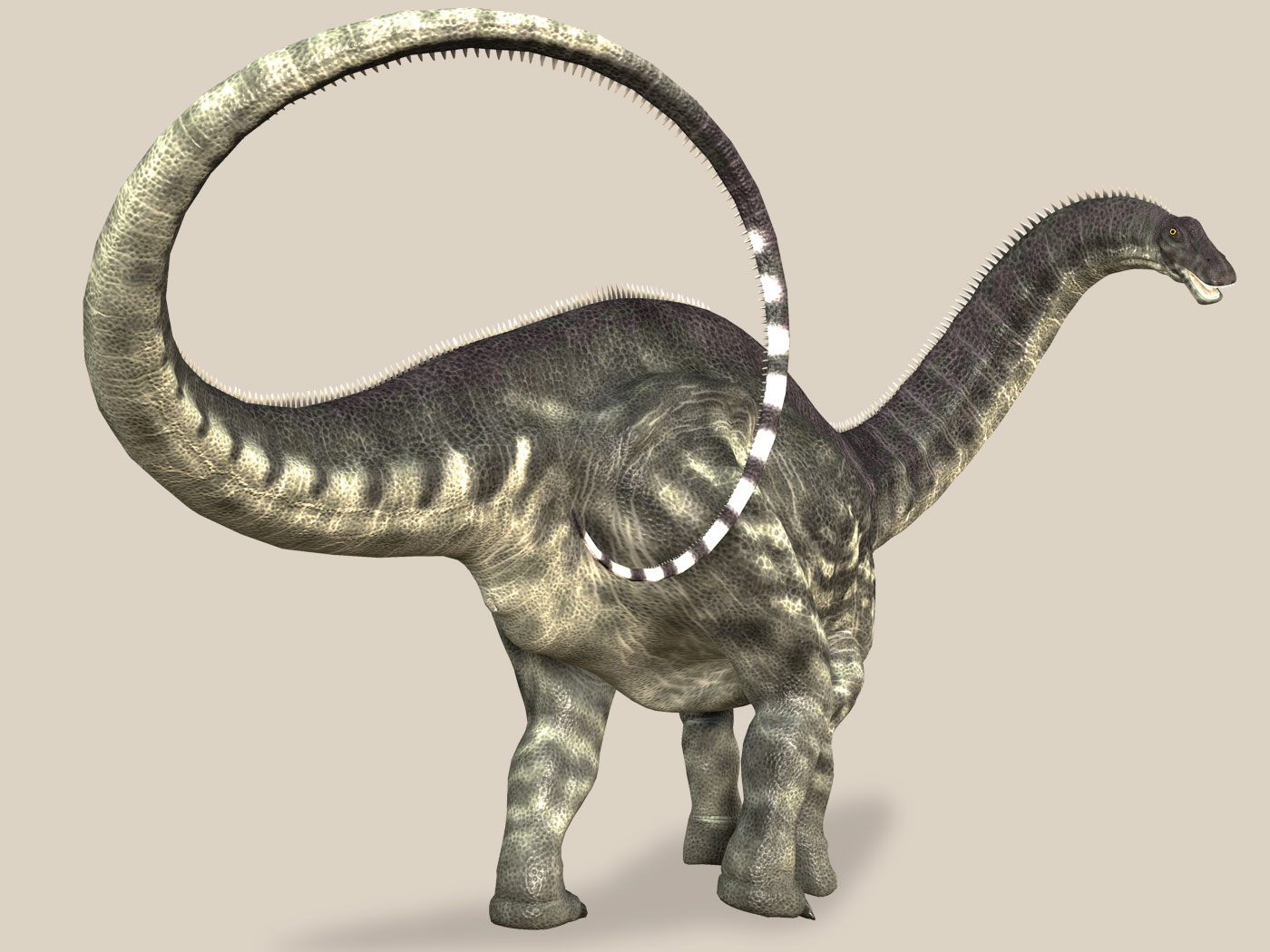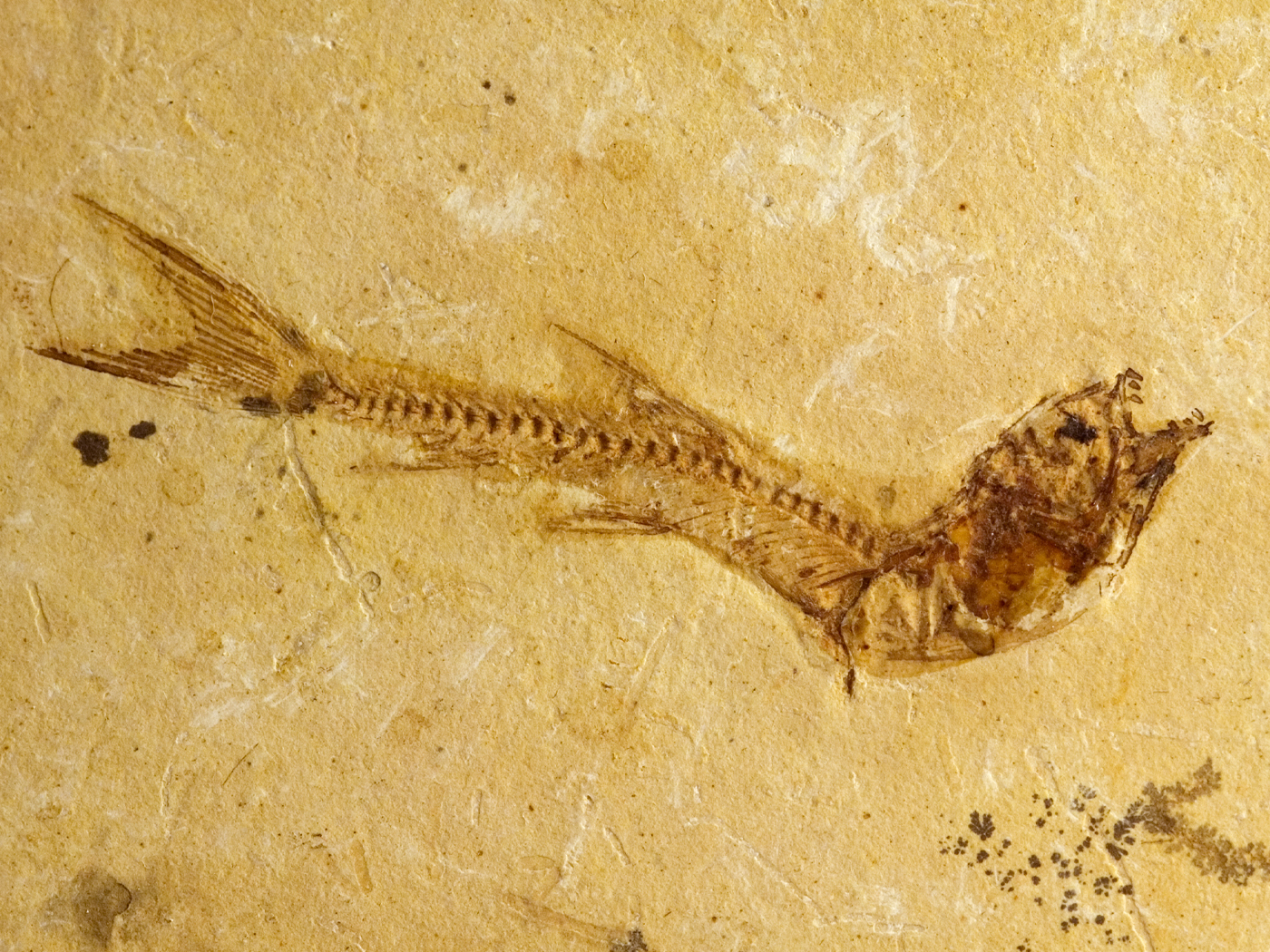“I form the light, and create darkness: I make peace and create evil, I the LORD do all these things” (Isaiah 45:7).
This seems at first to be a confusing verse. How could a God of holiness create evil and darkness? Actually, the word translated “evil” (Hebrew, ra) does not mean “sin,” but “affliction.” God pronounced the great curse on the ground “for man’s sake” (Genesis 3:17), that the sorrows and pains of life might cause him to know his need of redemption. All of these physical evils will be forever removed—even the curse itself—in the new earth, when sin has been removed.
The same is the case with darkness: Since “God is light, and in Him is no darkness at all” (I John 1:5), it was necessary for Him to create darkness if there was to be a distinction between day and night. The latter would be necessary for at least the probationary period of man’s tenure on earth, for he would need nightly rest as well as daily food, for his responsibilities as steward over God’s creation. Further, there must be a background of heavenly darkness in order for the sun and moon and stars to serve their function of indicating “signs and for seasons, and for days, and years” (Genesis 1:14).
Thus, the darkness enveloping the primeval earth at its creation (Genesis 1:2) was not at all a judgment on the earth because of the fall of Satan, as some have taught. Like everything else in the primeval creation, it was “very good” (Genesis 1:31)—created for specific and beneficent divine purposes. The evil connotations of darkness came later, when evil men and devils found they could better promote their deceptions under cover of darkness. However, God’s light is even then always available to dispel the darkness when needed and desired. “For God, who commanded the light to shine out of darkness, hath shined in our hearts, to give the light of the knowledge of the glory of God in the face of Jesus Christ” (II Corinthians 4:6). HMM





